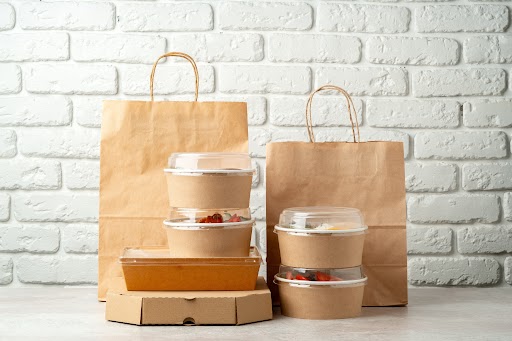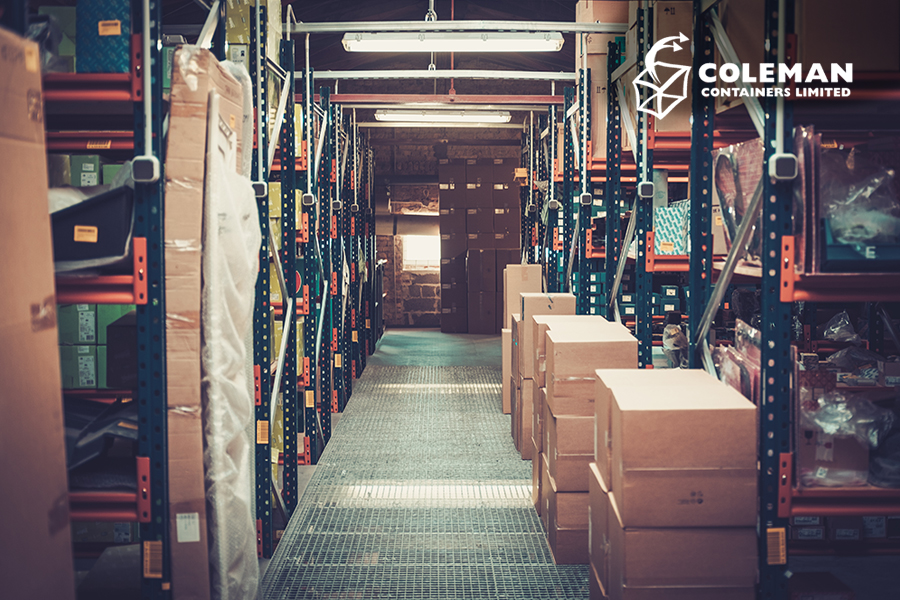

Proper packaging of medical devices is essential to ensure they can be transported from one place to another without any issue. However, many people are still unsure of the ways they should package medical devices. This is why this blog discusses medical device packaging in detail. Read on.
Medical device packaging companies need to provide the sizing specs of the boxes and the medical device to their supplier. If the material is sent late, manufacturers may have to rush the packaging process, which is not a sustainable business model.
However, if the material is provided well ahead of time in the design process, the company can design, print, and send the packages accordingly. For instance, many healthcare packaging companies accept 3D-printed prototypes of the device, so they can start with designing the packages.
Providing the requirements of the packaging system to the company can also ensure that they create the package in accordance with the needs of the device. Early evaluation of the product and package compatibility makes it easy to determine any design or manufacturing issues. However, if this is not done well beyond the time, companies will not have the time to provide the top quality product within your desired time frame.
There are various people involved when it comes to transporting a medical device, such as the seal operators, technicians, warehouse personnel, healthcare professionals, and other employees. Each of the stakeholders has a different way of handling the packaged product.
Therefore, it is essential to understand how each stakeholder might be handling the product and incorporate their needs in the package design. This will ensure that they can manage the product correctly.
Improperly sized elements of the package are usually one of the most common packaging failures. Be it the backer card, the lid, or the shelf carton, these elements need to be designed in accordance with the medical device as well, or it can result in various complications for the sterile barrier during transport.
For example, if the backer card is smaller in size than what is needed, then excessive motion in the pouch may cause friction. Similarly, other components, such as shelf cartons, need to be the proper size to ensure no movement during transportation. Make sure you’re sending all of the required components and details to your medical device packaging company.
Proper packaging is crucial to ensure medical devices can be transported efficiently from one place to another. Contact Coleman Containers when you need professional assistance in creating packaging for medical devices.

Get Free Estimate!
